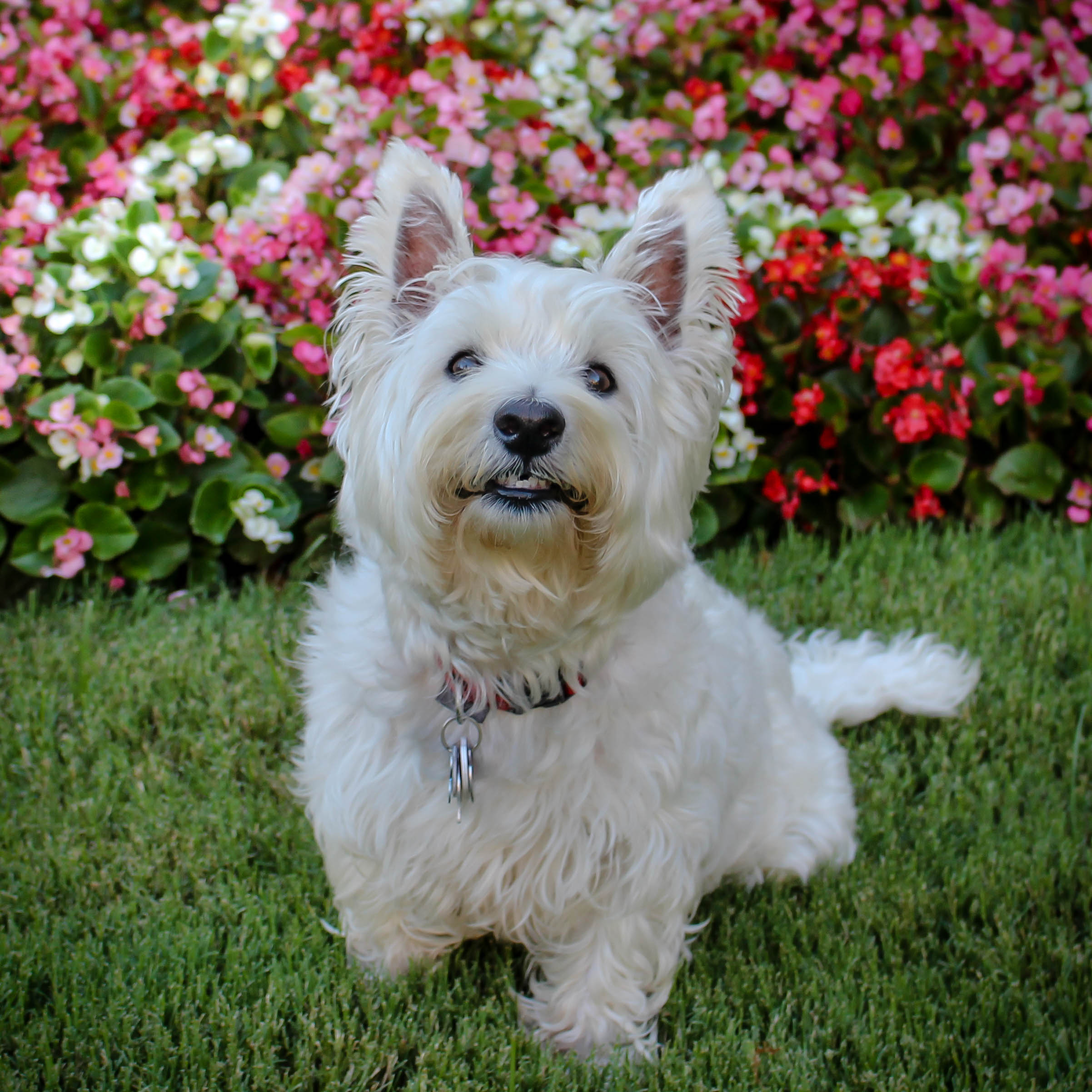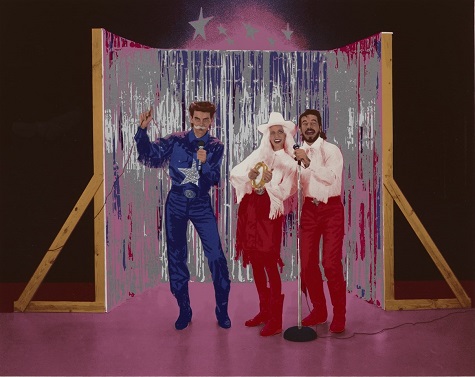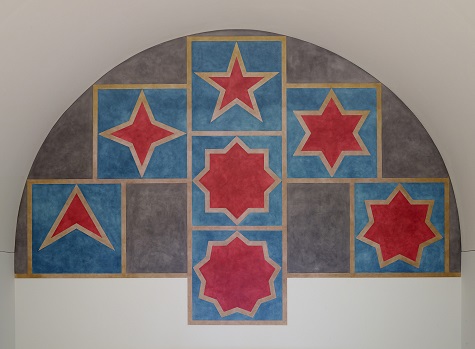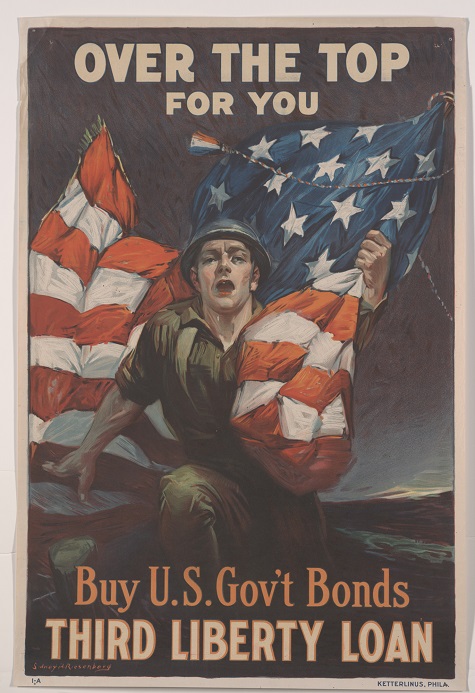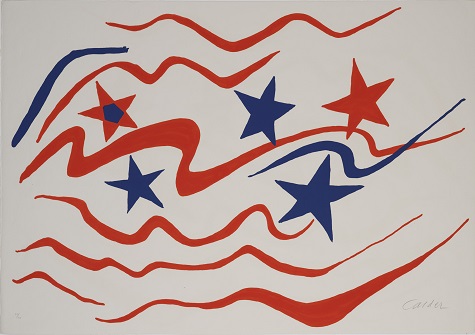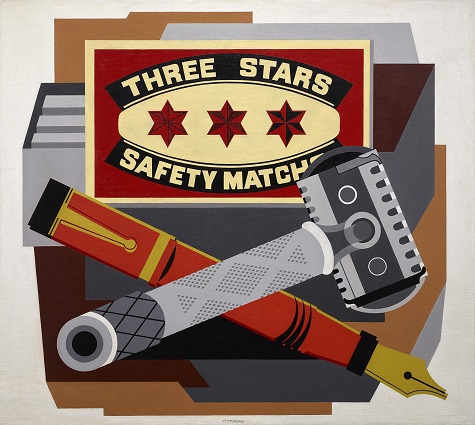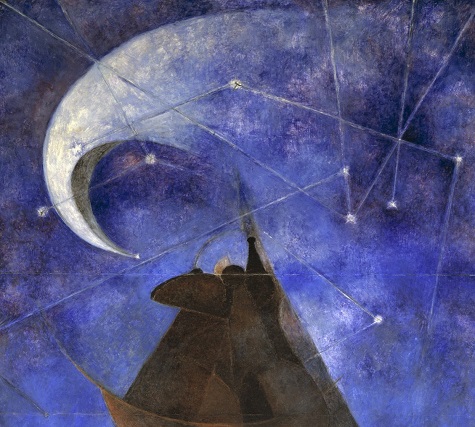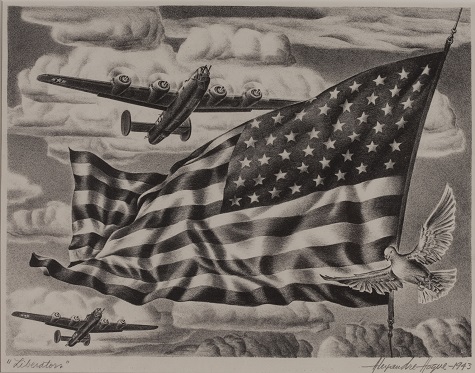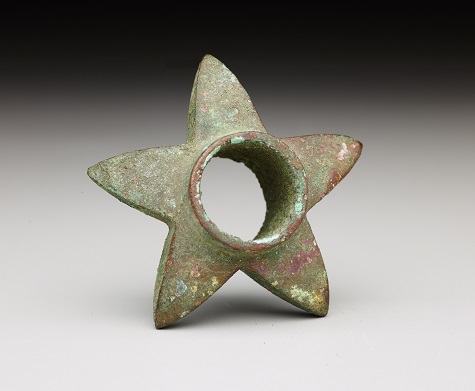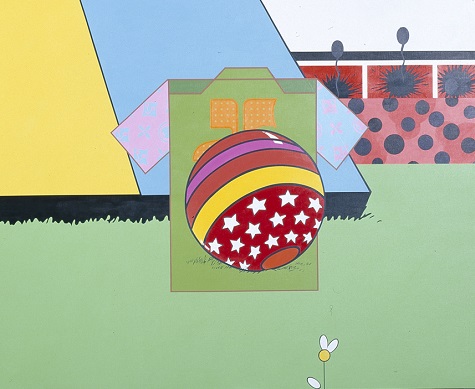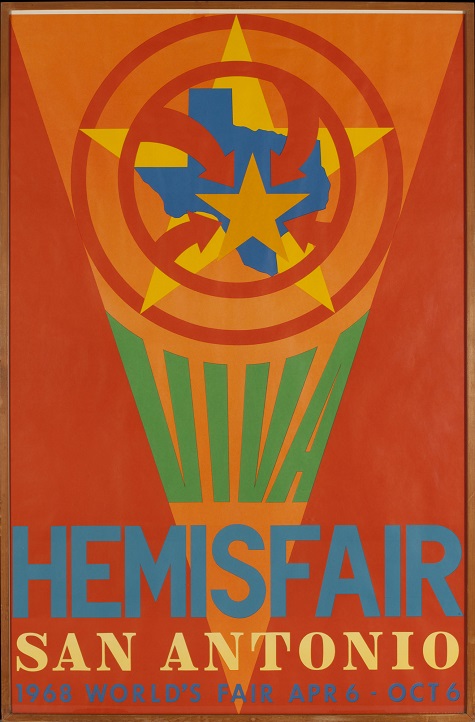Today is France’s national holiday, what we Americans like to refer to as Bastille Day. The date marks the storming of the Bastille in 1789, an event which ignited the French Revolution. Much like our July 4th, the holiday is a day to celebrate national pride in France with food, music, and fireworks. Here in Dallas, you can join in the celebration and commemorate our city’s own French connection at Bastille on Bishop.
But before you head to Oak Cliff this evening, stop by the DMA–we’ve got a few revolutionary works of our own on view in our European galleries on Level 2.
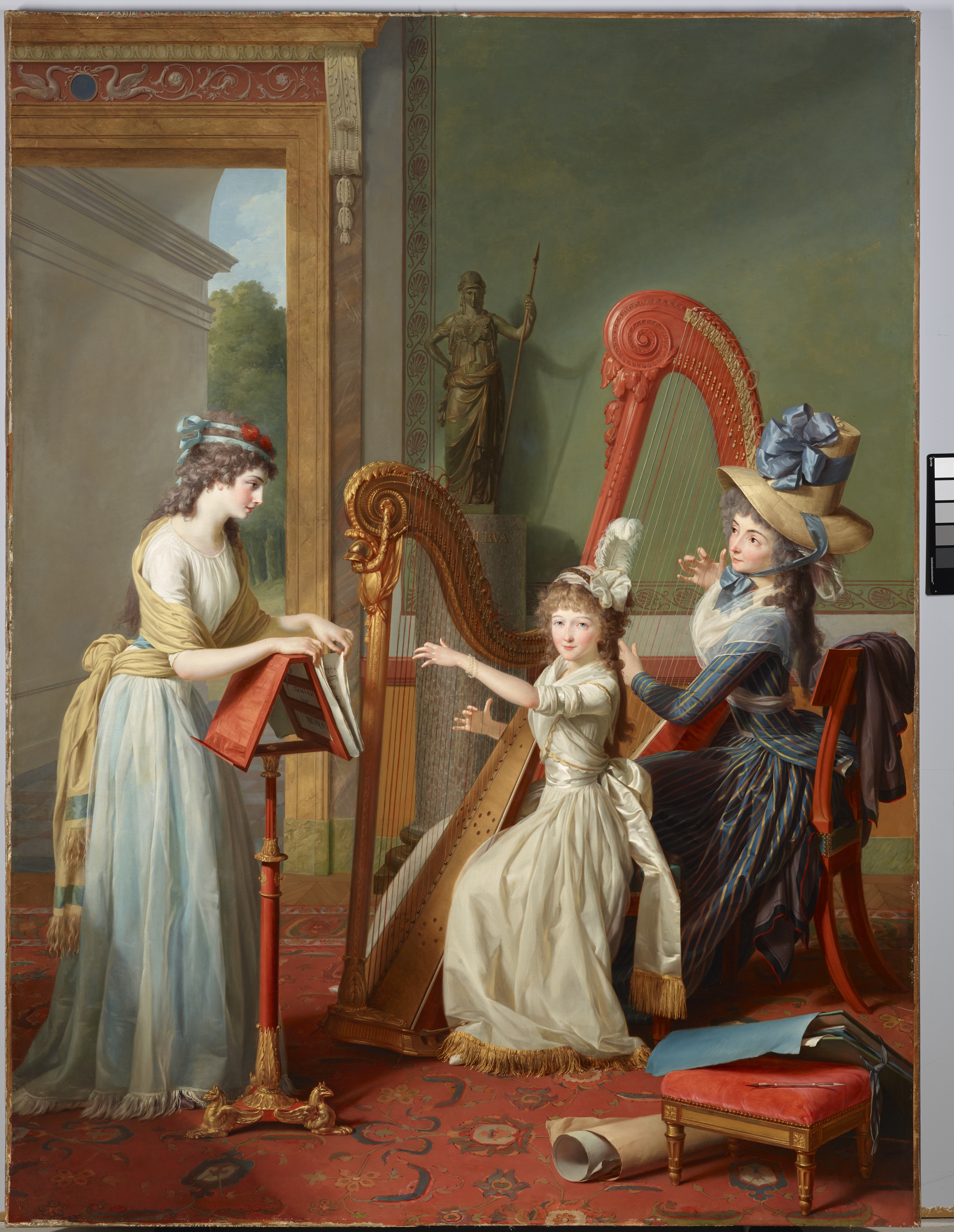
Jean Antoine Theodore Giroust, The Harp Lesson, 1791, Dallas Museum of Art, Foundation for the Arts Collection, Mrs. John B. O’Hara Fund
This grand new acquisition is a portrait of Louise Marie Adelaïde Eugénie d’Orléans, daughter of Louis Philippe Joseph d’Orléans. Although the Duke of Orléans was one of the wealthiest French aristocrats and cousin to King Louis XVI, he desired a more democratic government and supported the ideals of the French Revolution. Unfortunately, however, the Duke was not able to escape the Terror, the most violent period of the French Revolution, and met his fate at the guillotine in 1793.
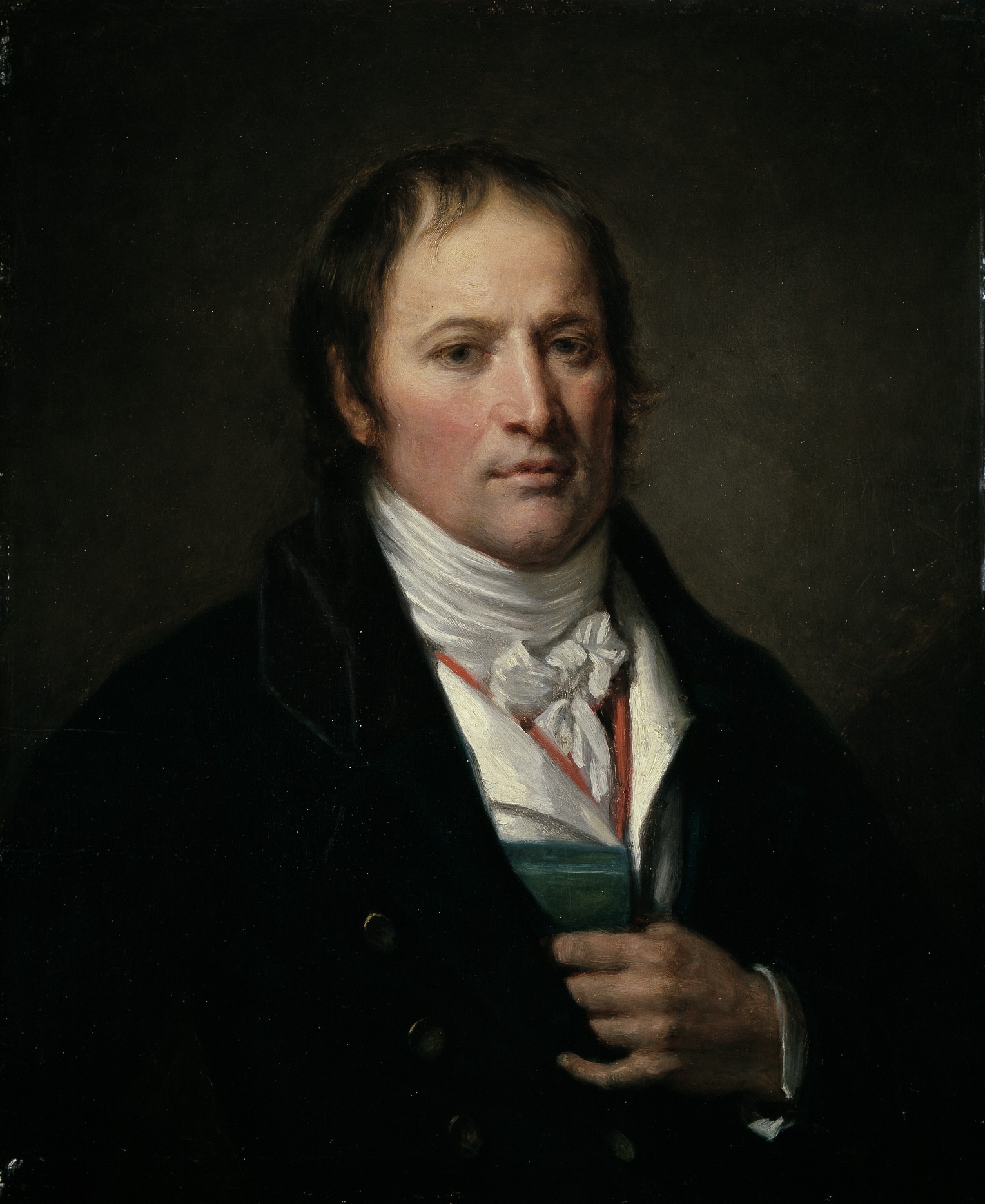
Jean-baptiste Greuze, Portrait of Jean-Nicolas Billaud-Varenne, early 1790s, Dallas Museum of Art, anonymous gift
Jean-Nicolas Billaud-Varenne rose to power during the French Revolution, becoming a member of the governing body that oversaw the new republic. He was an active participant in the Terror, the violent time when thousands who were considered enemies of the new state–including the Duke of Orléans–were executed by guillotine.
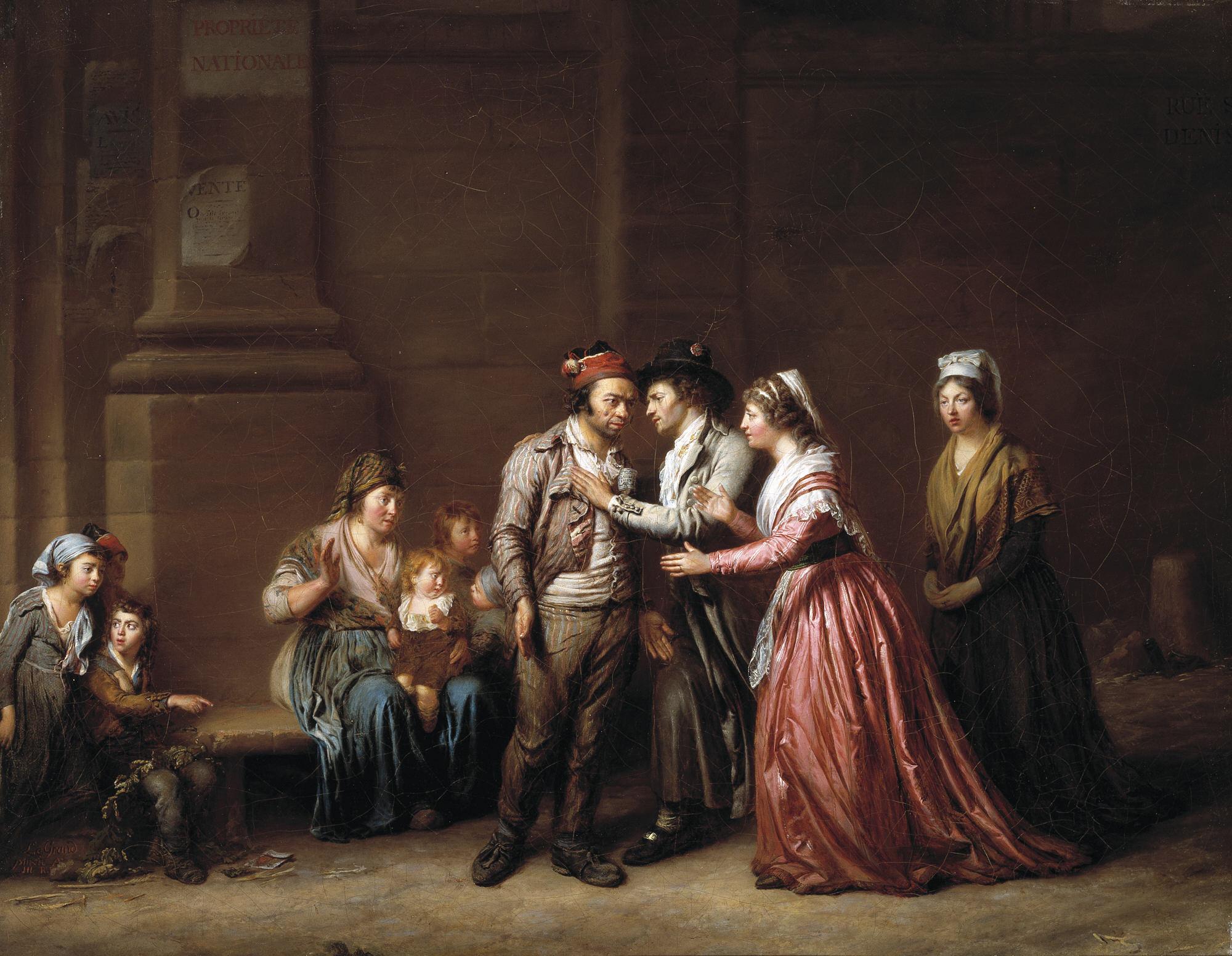
Pierre Nicolas Legrand, A Good Deed is Never Forgotten, 1794-1795, Dallas Museum of Art, Foundation for the Arts Collection, Mrs. John B. O’Hara Fund
This painting shows Monsieur George, an aristocrat imprisoned during the Terror and subsequently released, gratefully greeting his former prison guard. Monsieur George has returned to the prison with his wife and servant to thank the guard, who had generously provided financial support to the family during his imprisonment. Liberté, égalité, fraternité, indeed!
Joyeux Le Quatorze Juillet!
Sarah Coffey
Education Coordinator
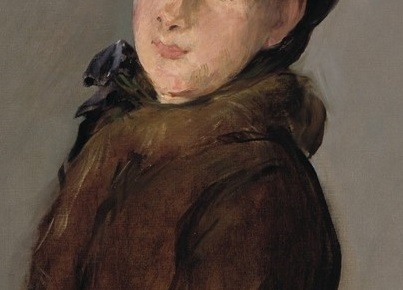
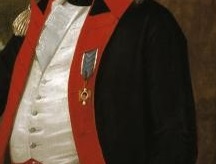



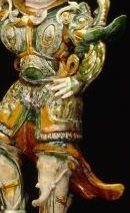

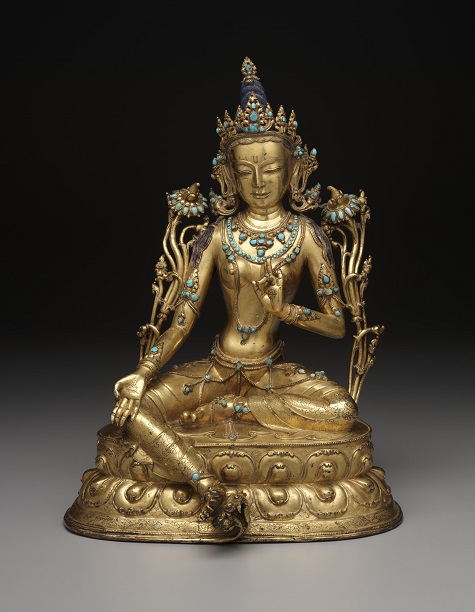

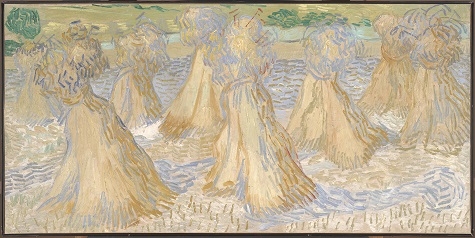
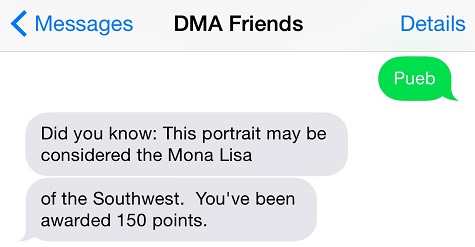
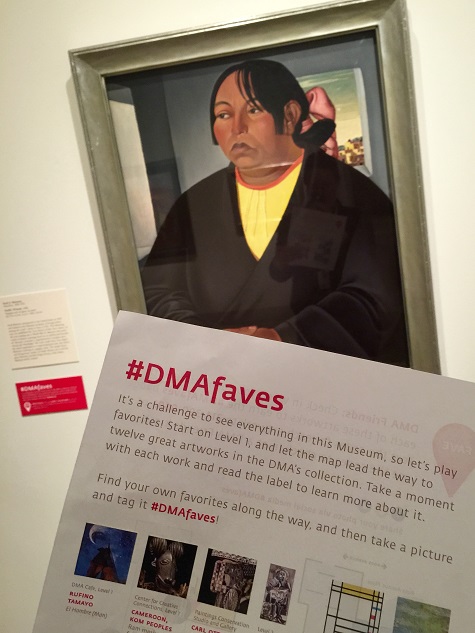
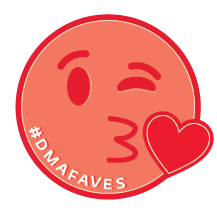

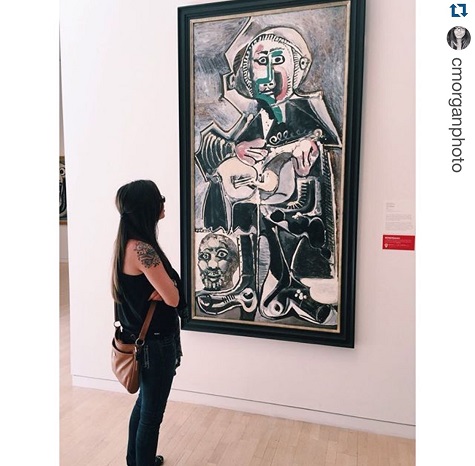
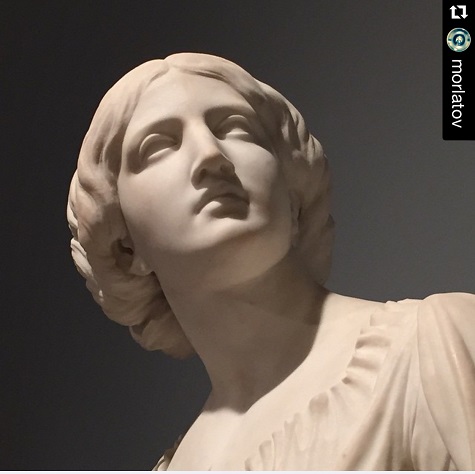
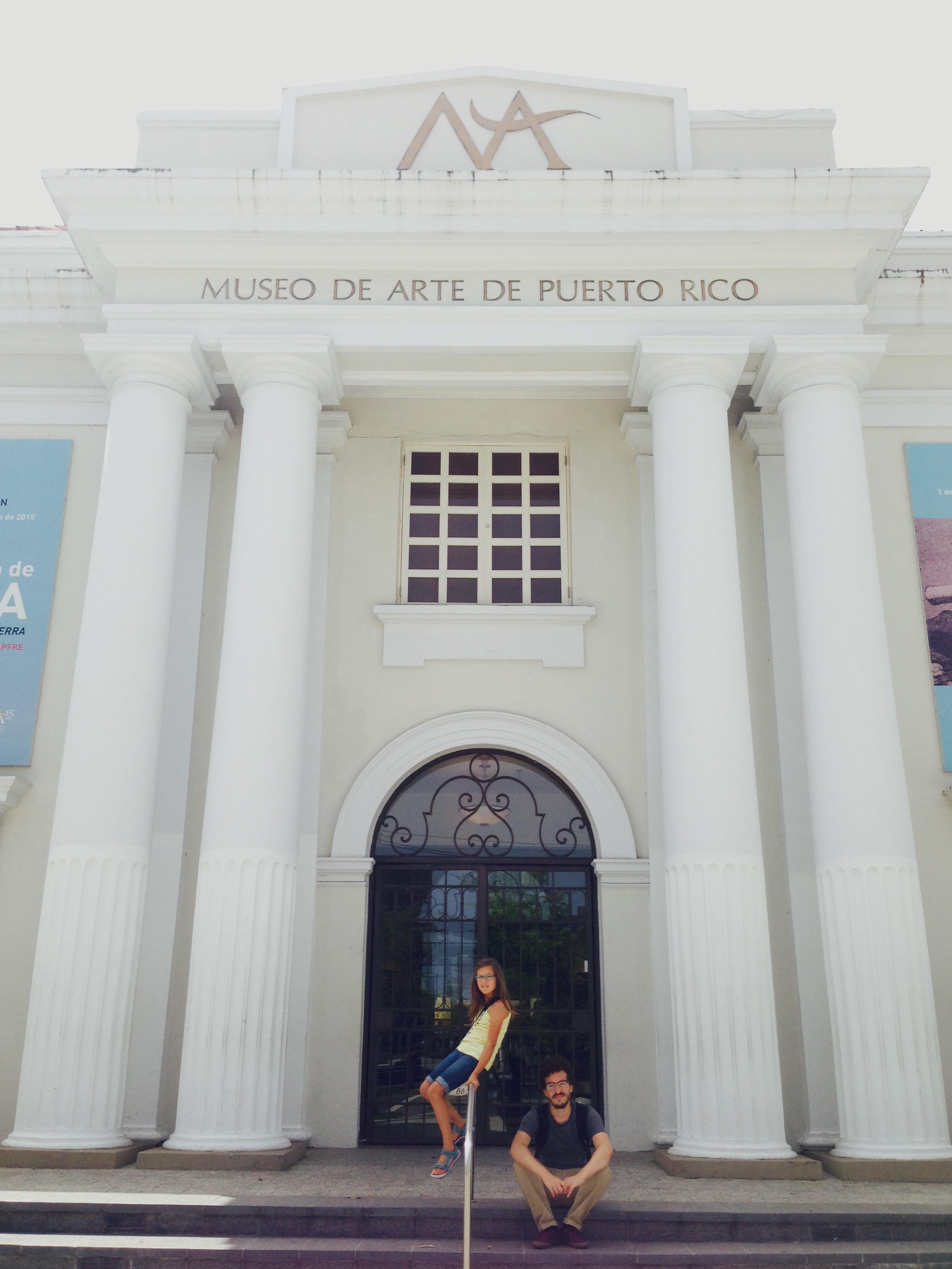 Last week, while vacationing in San Juan with my family, we stopped by the
Last week, while vacationing in San Juan with my family, we stopped by the 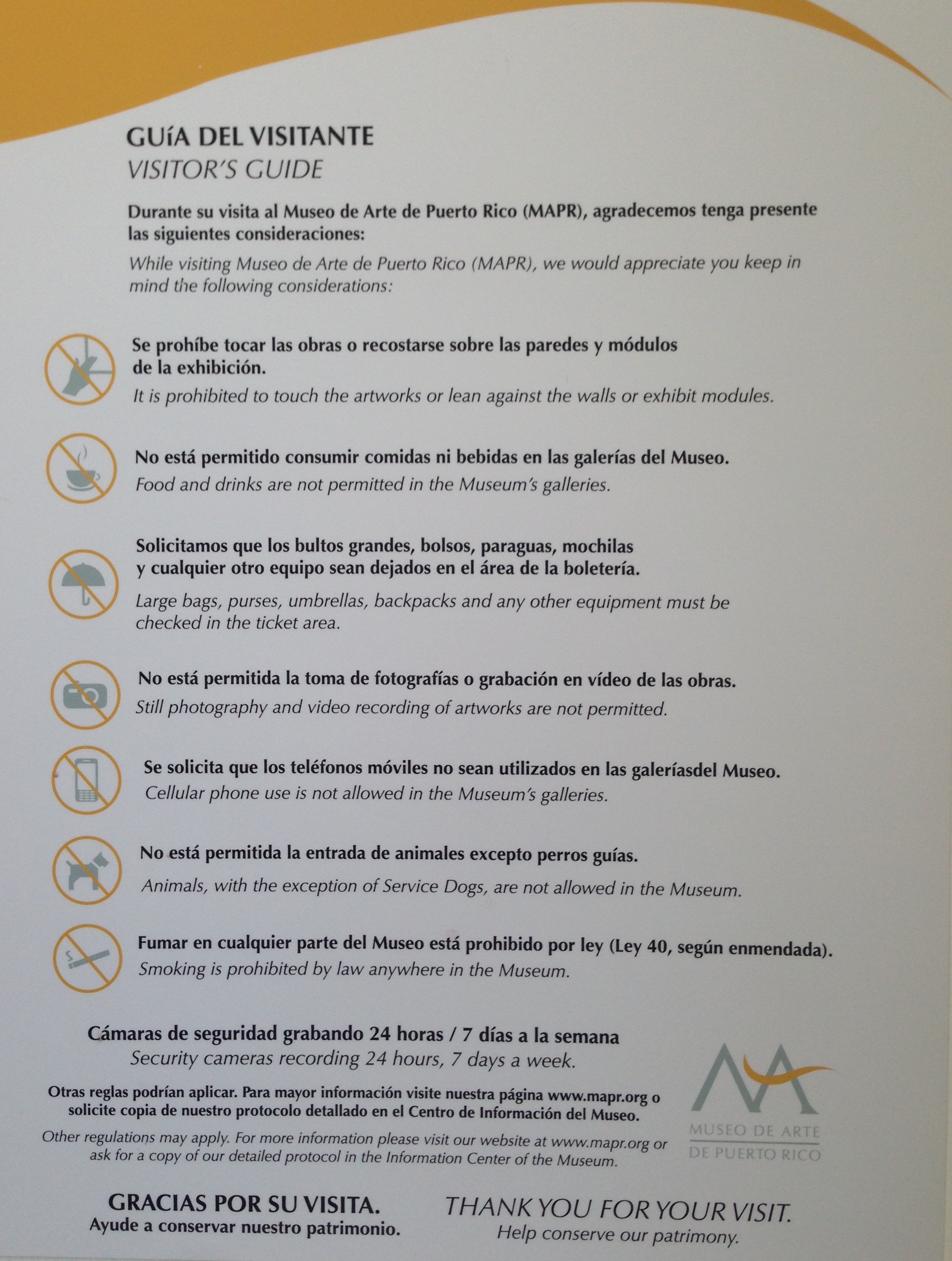
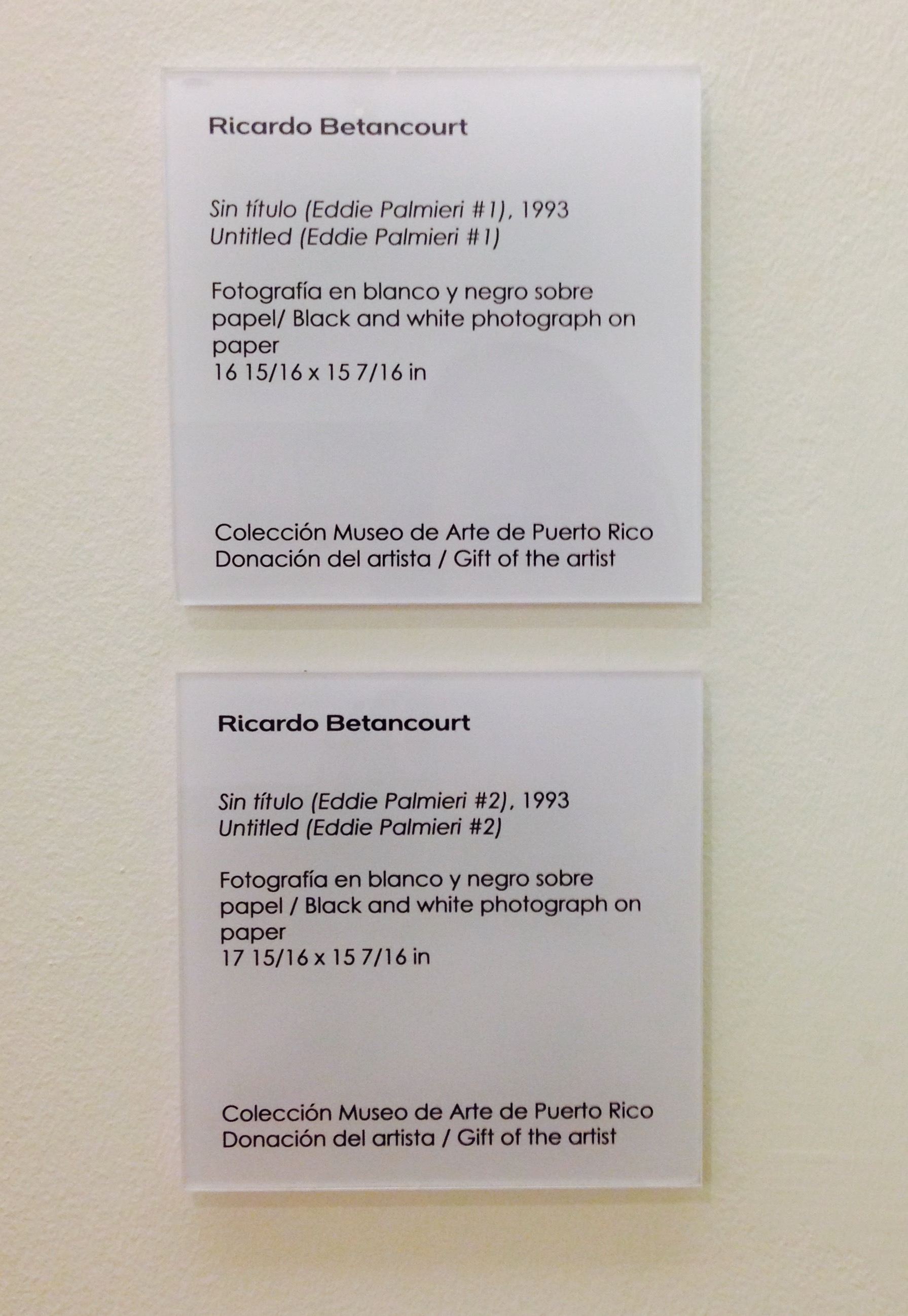
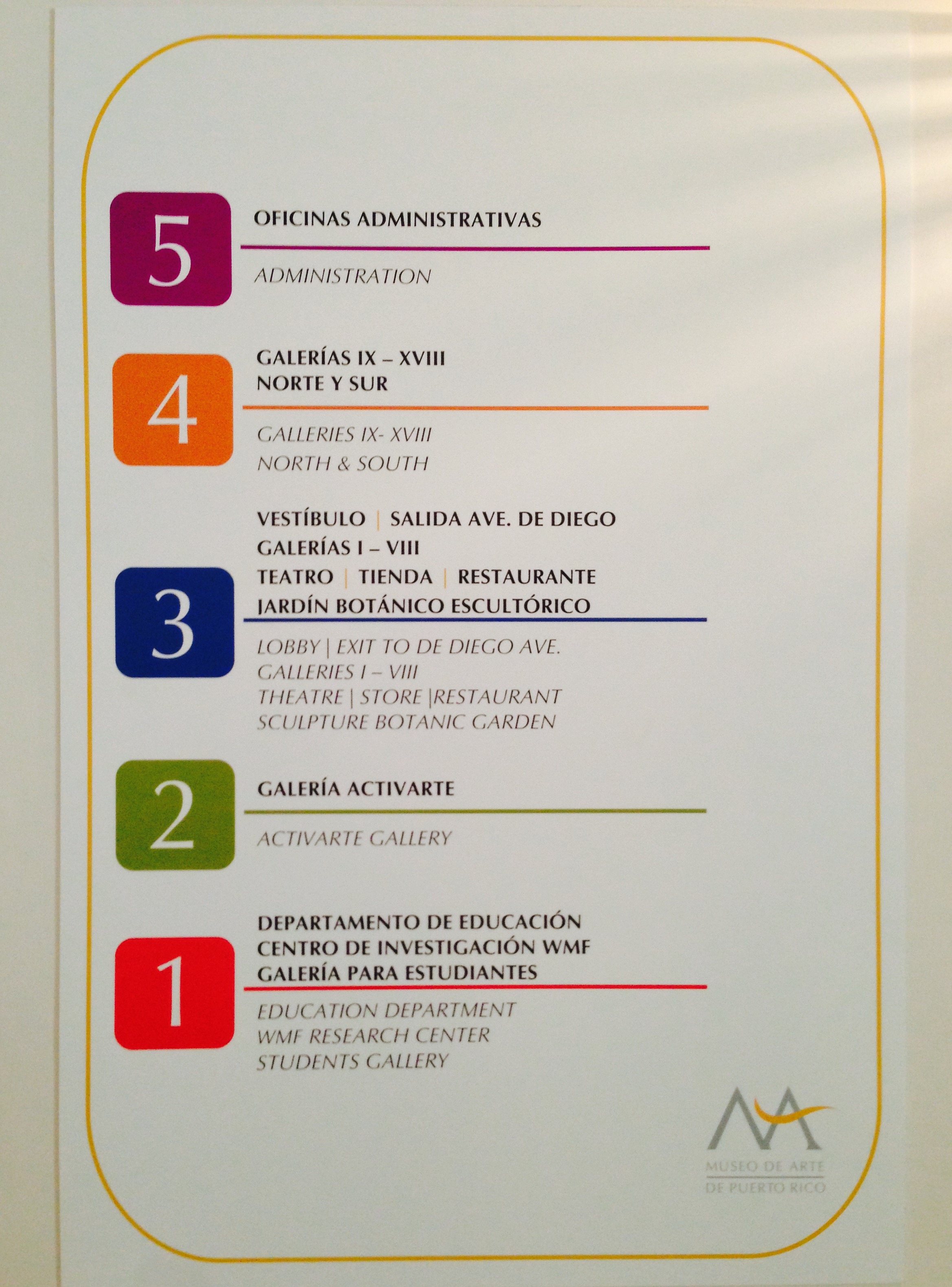

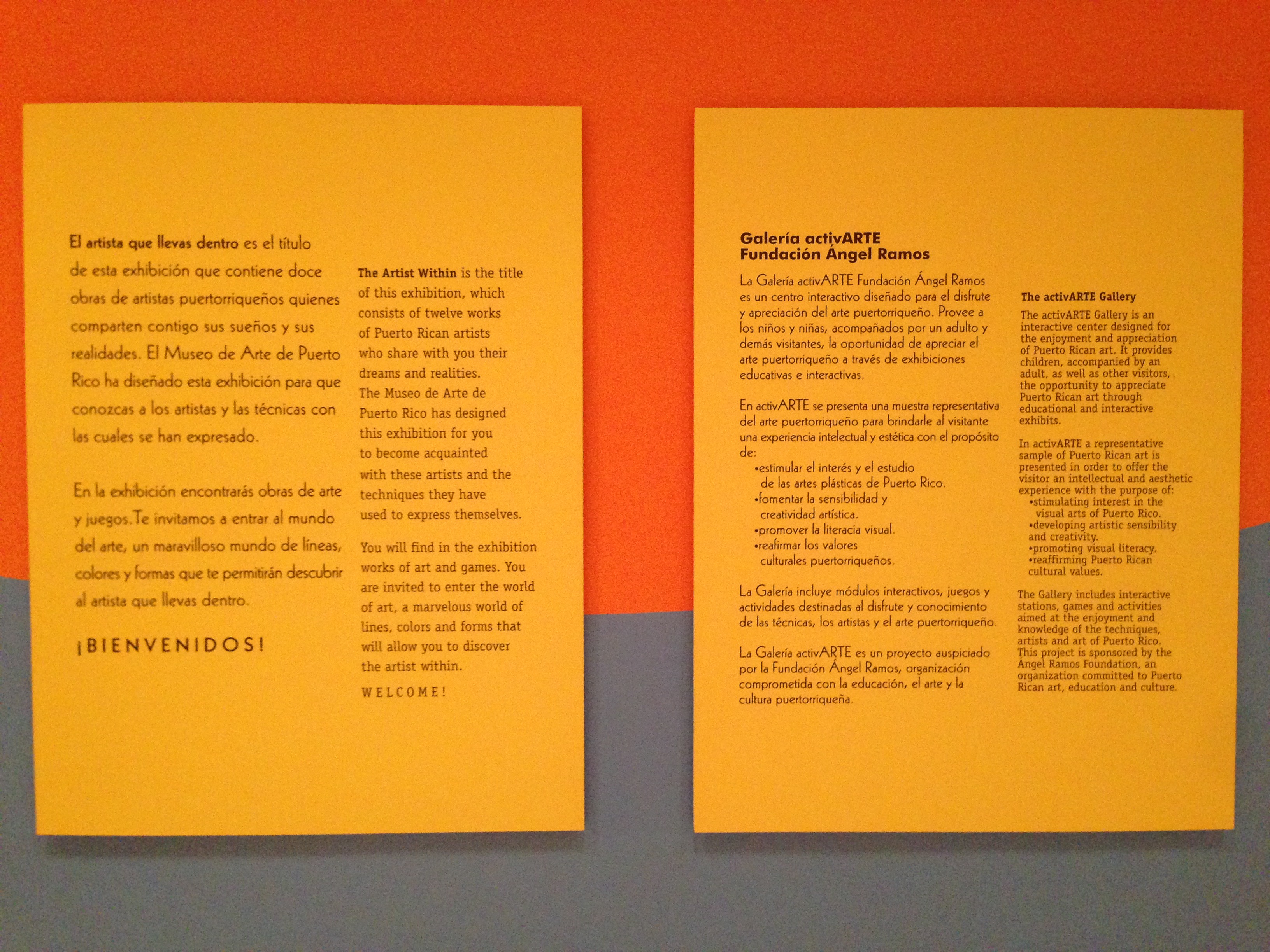
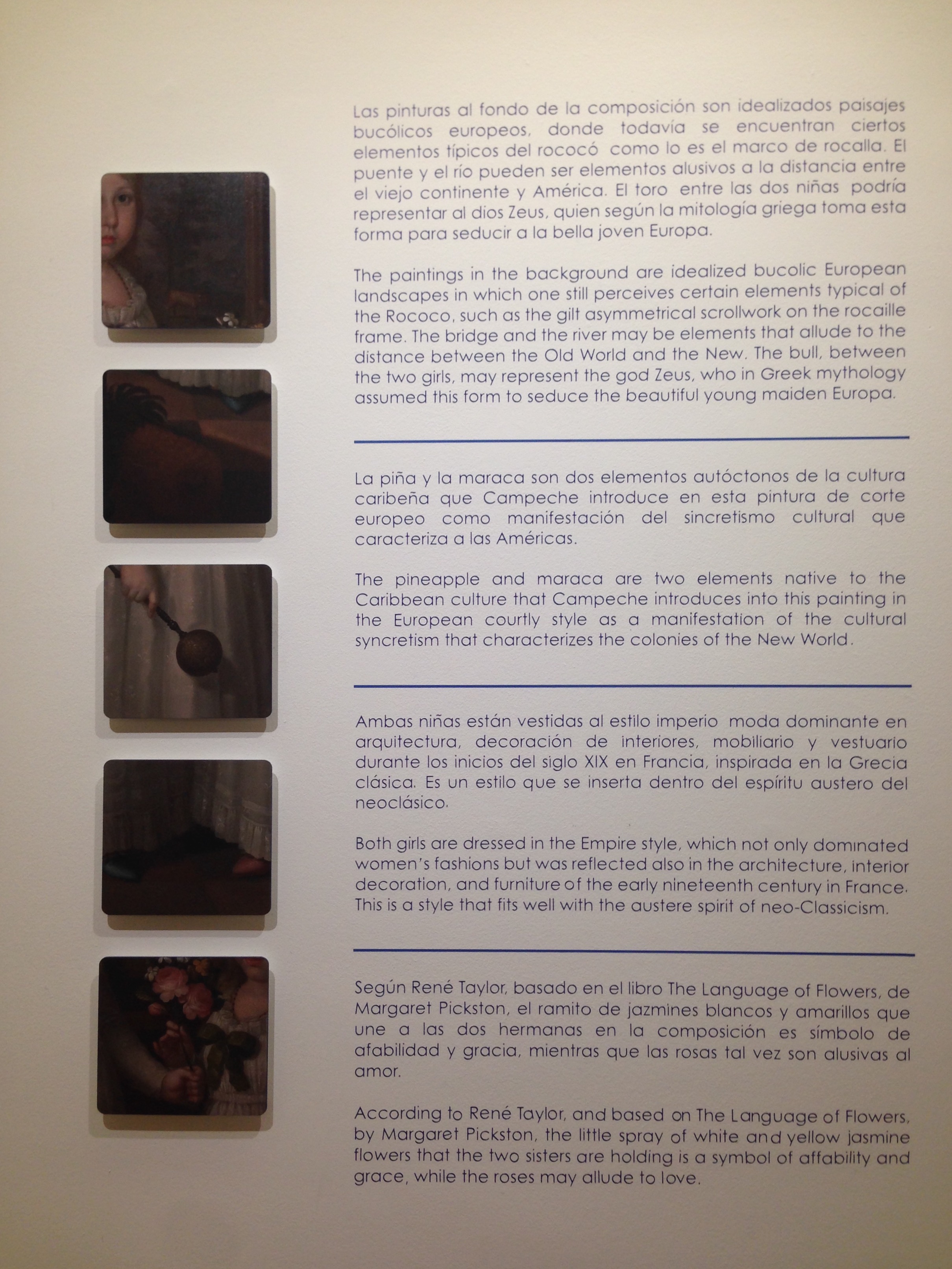
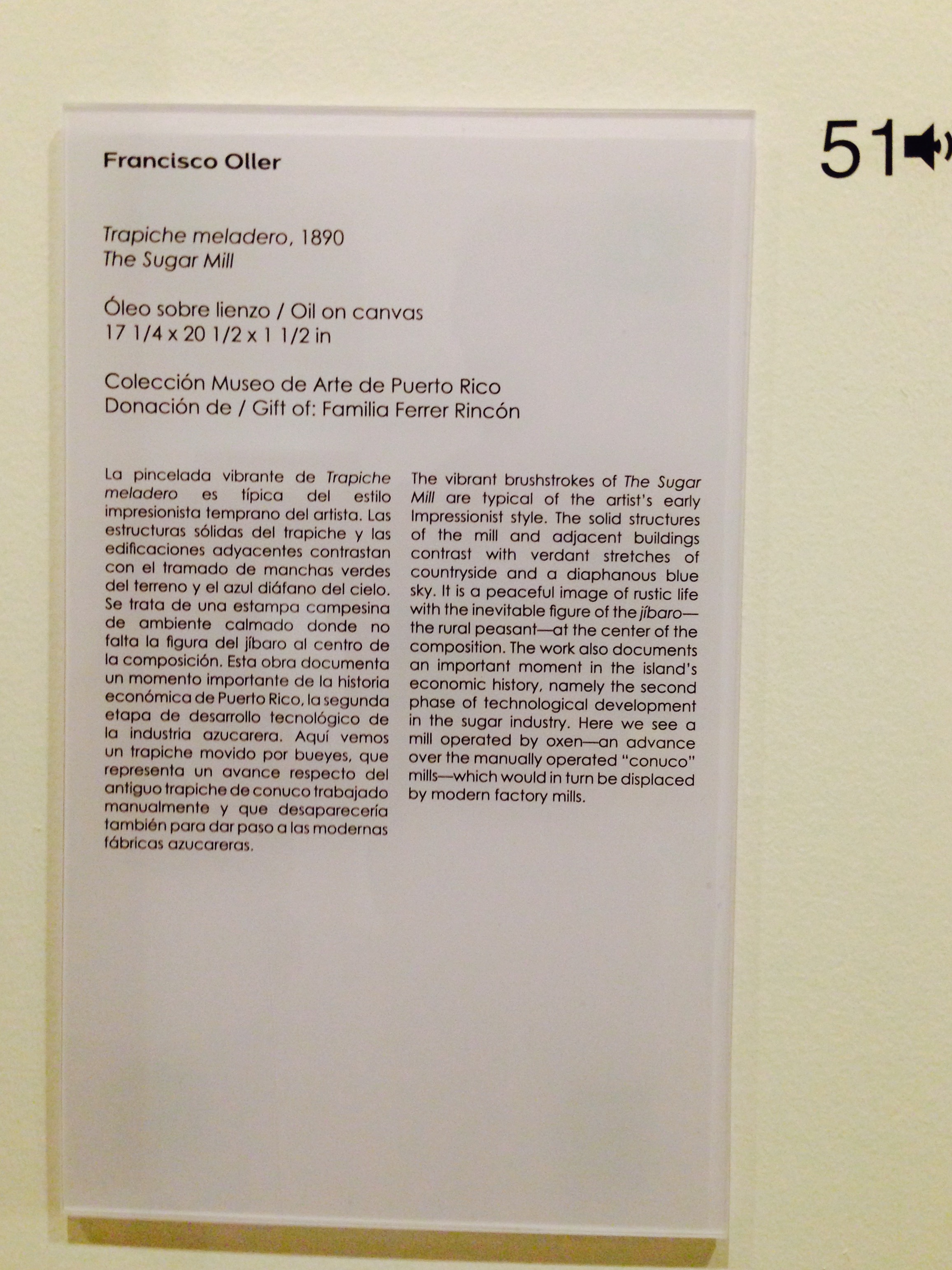
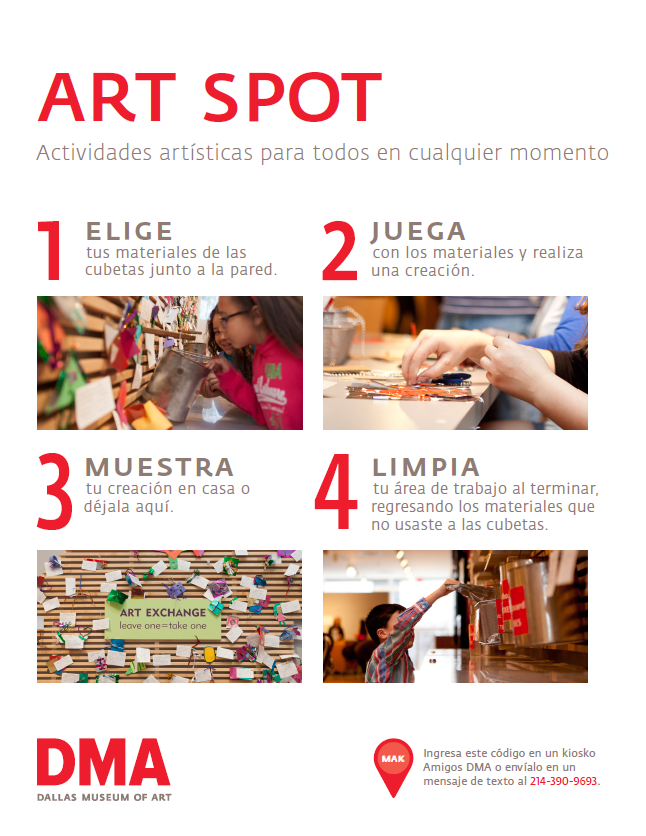


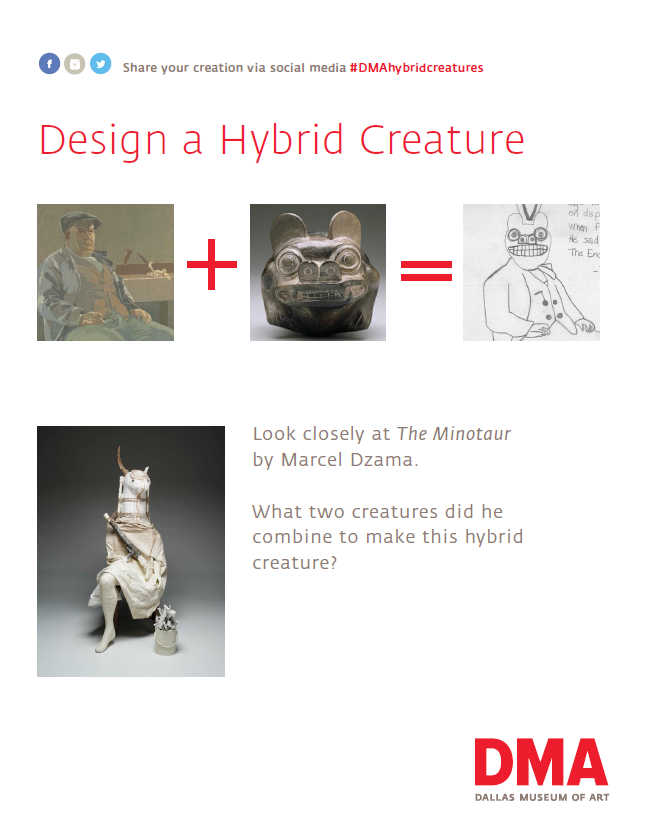
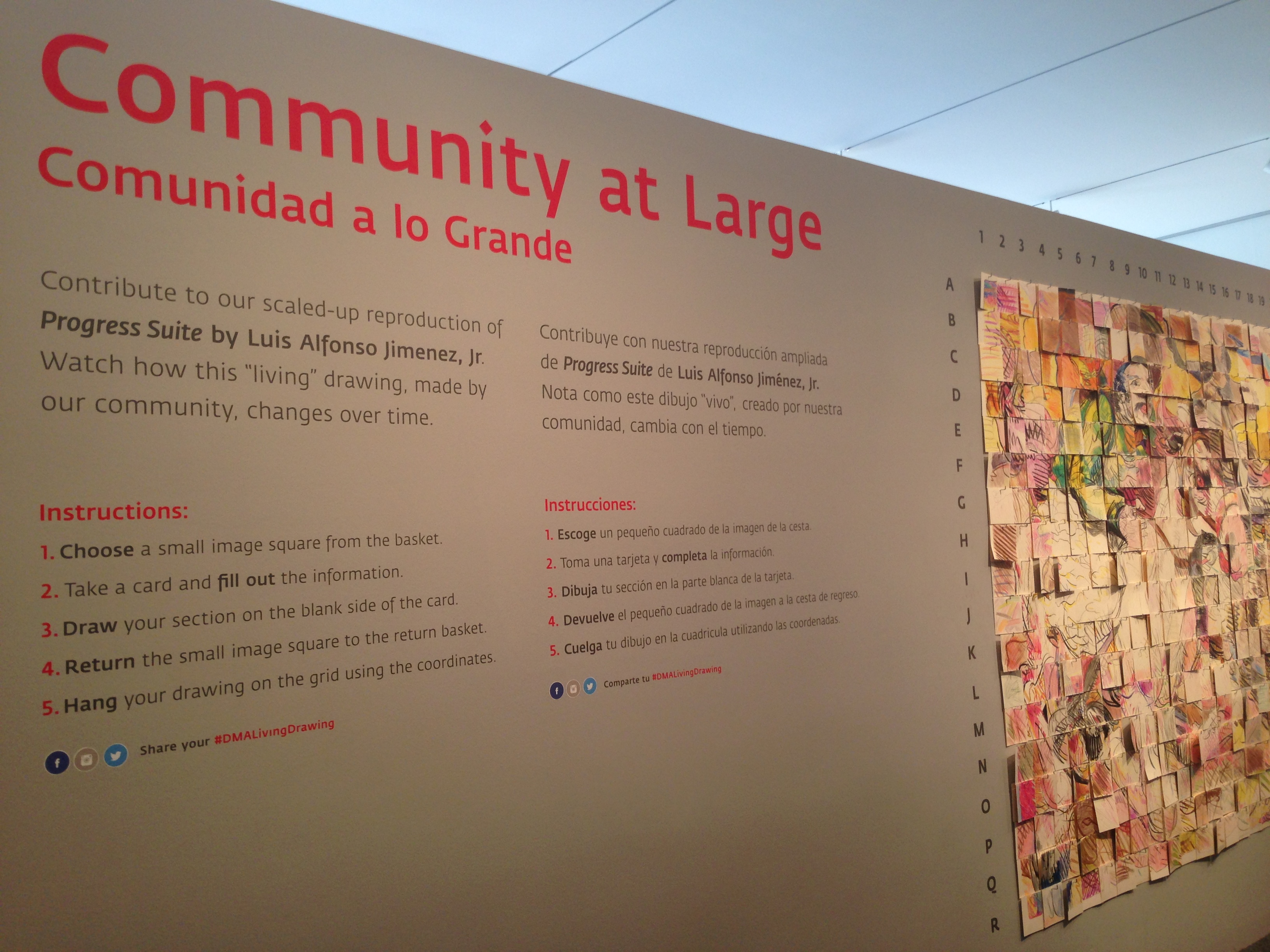
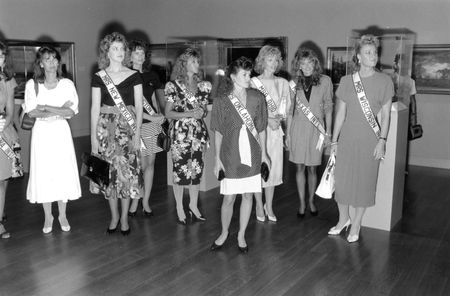
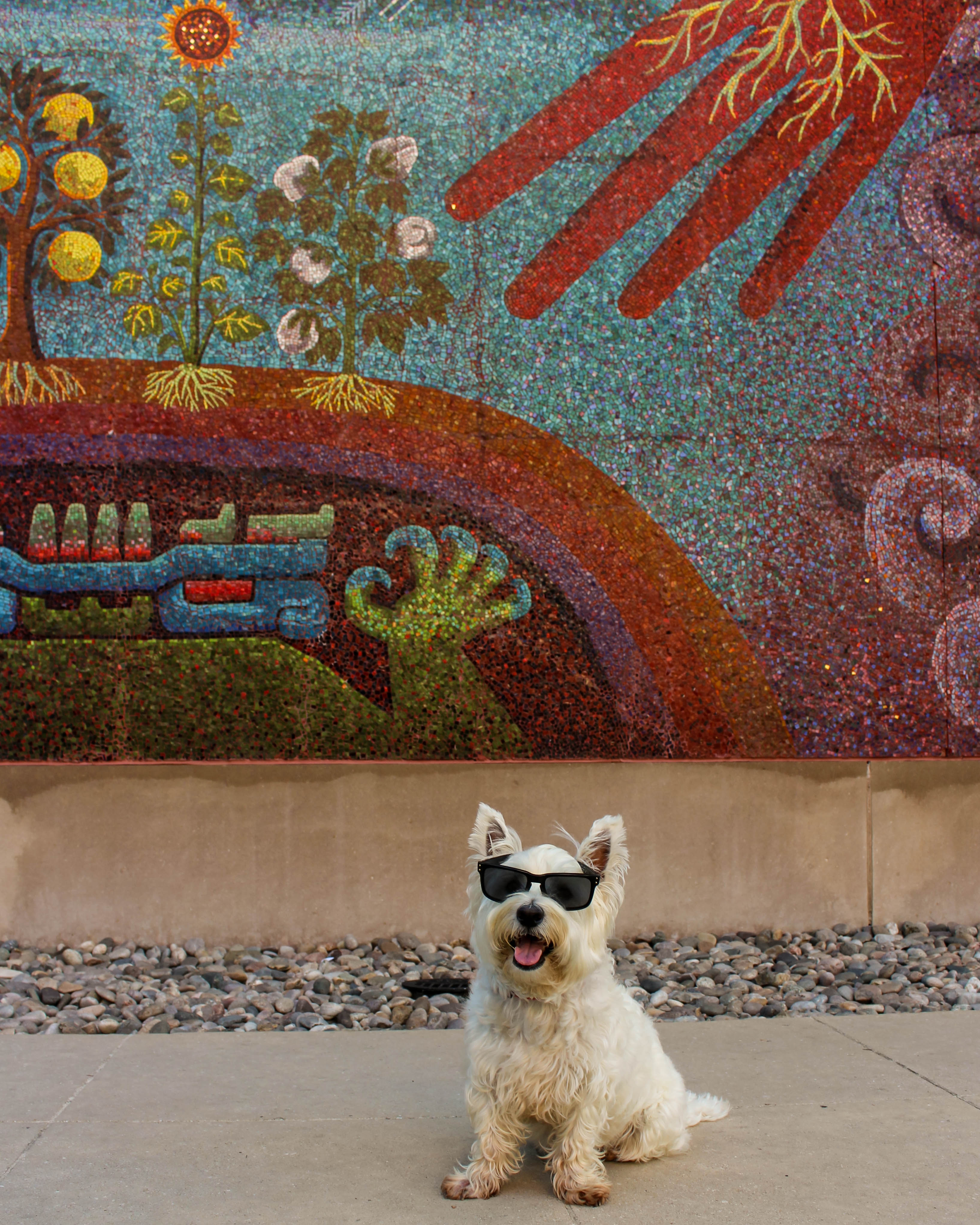
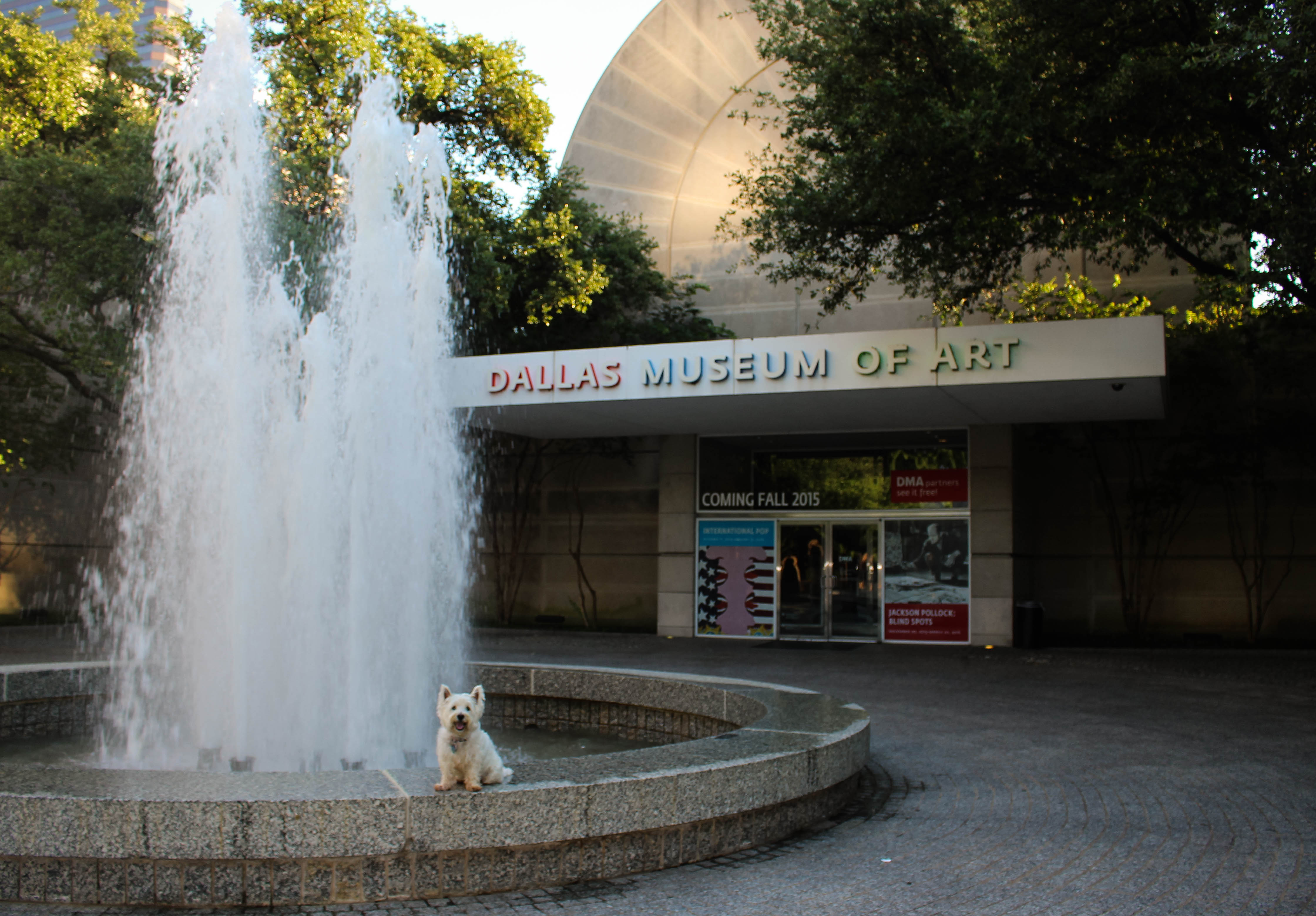
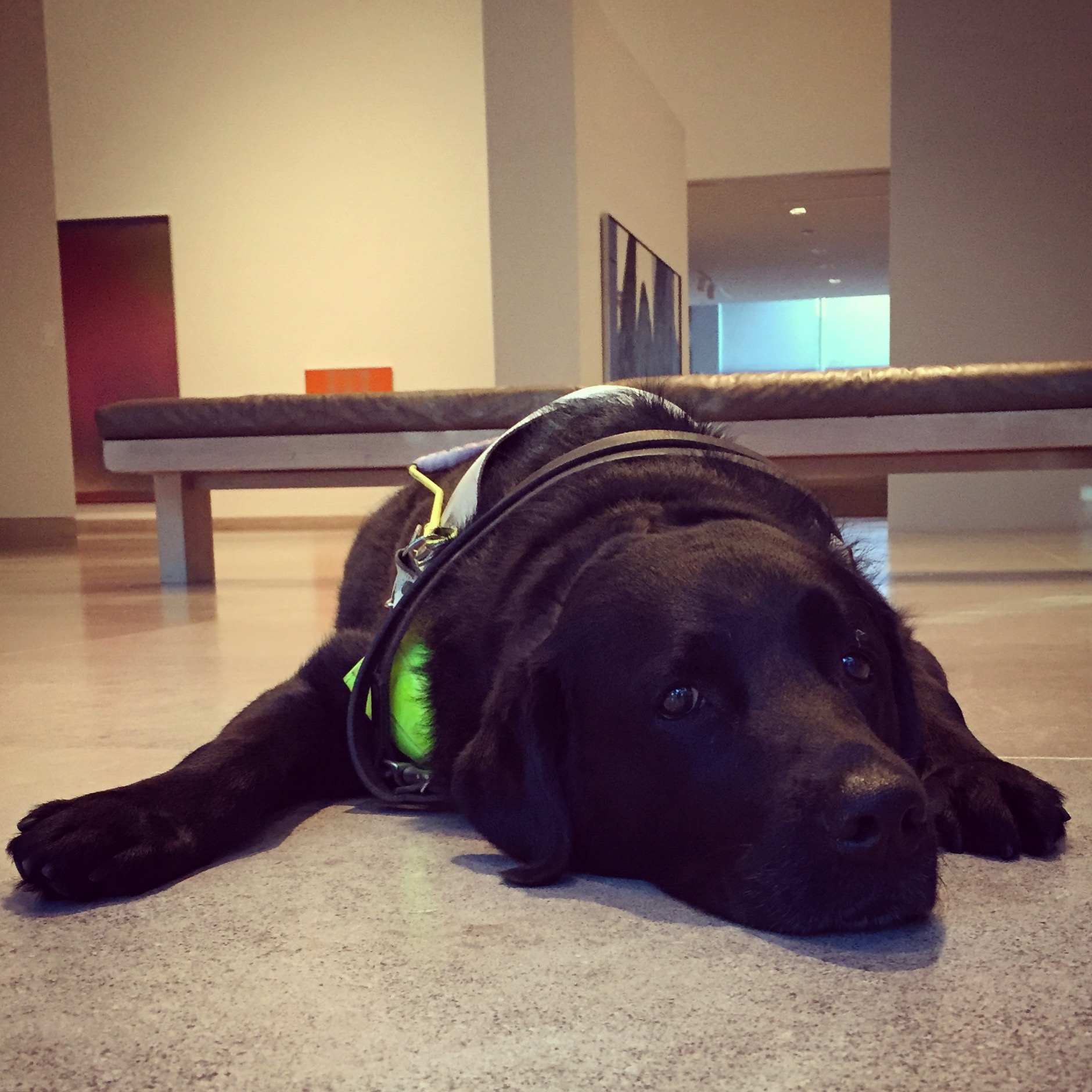 While there are many reasons for humans to paws and enjoy artwork depicting four-legged fur-balls in the DMA galleries (check out
While there are many reasons for humans to paws and enjoy artwork depicting four-legged fur-balls in the DMA galleries (check out 





